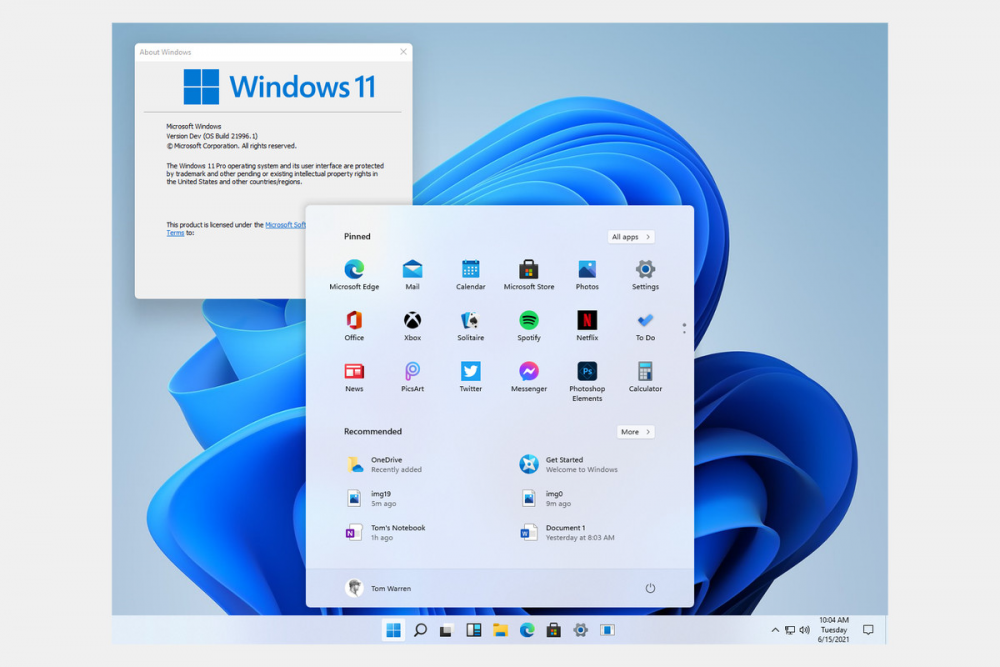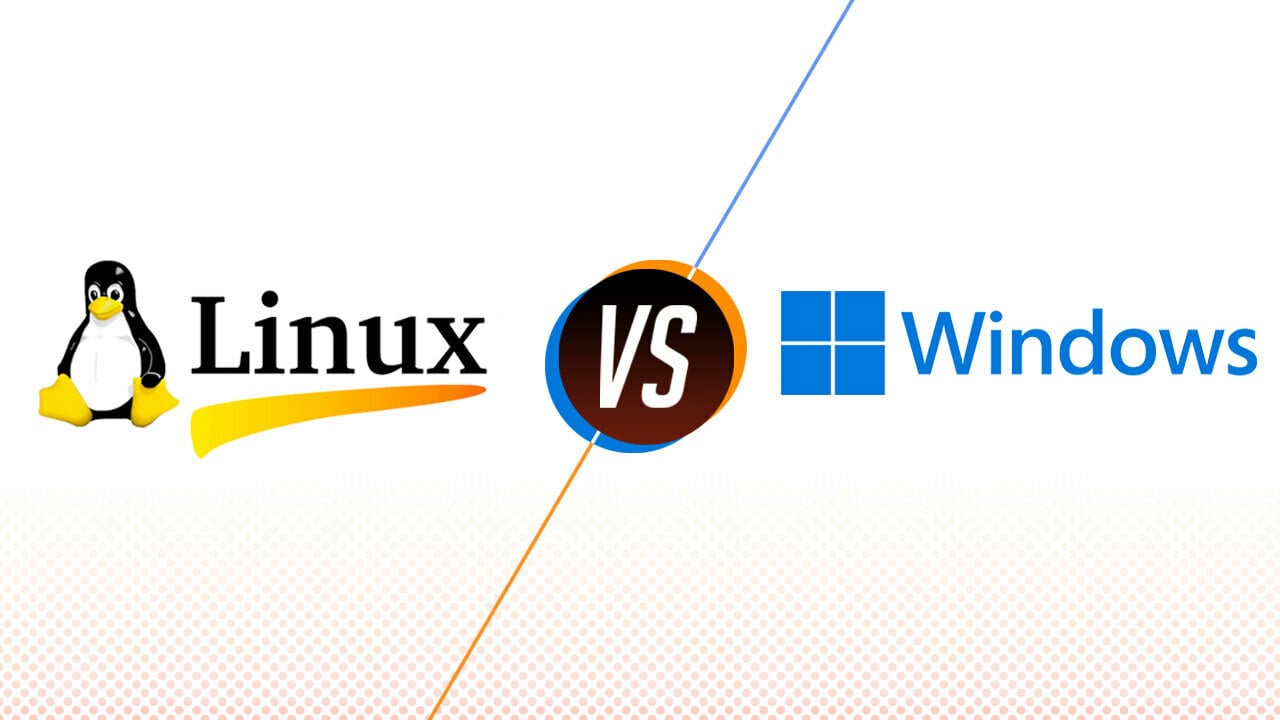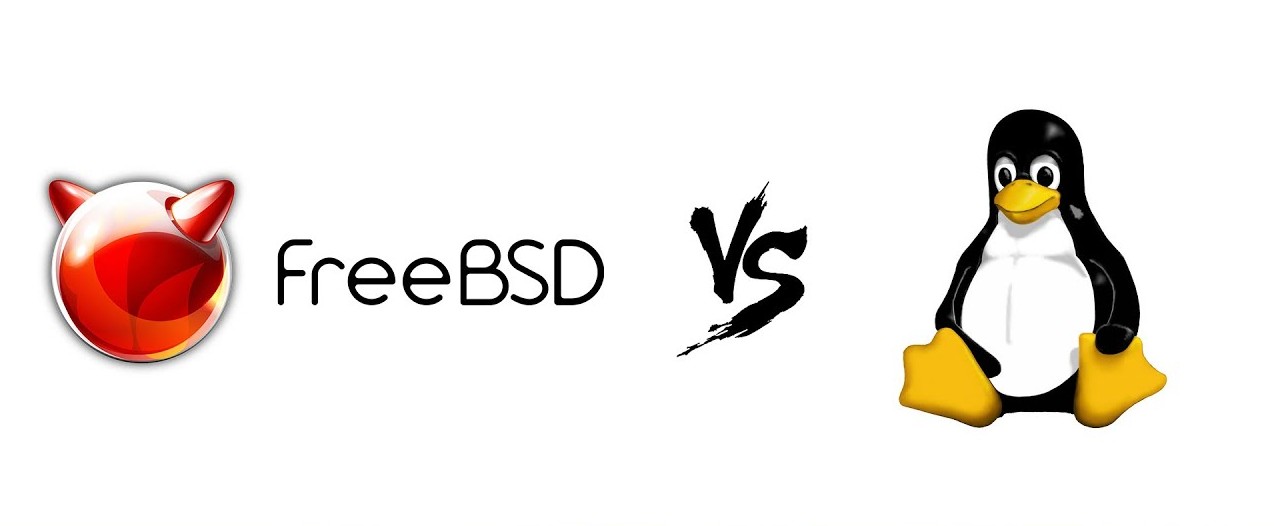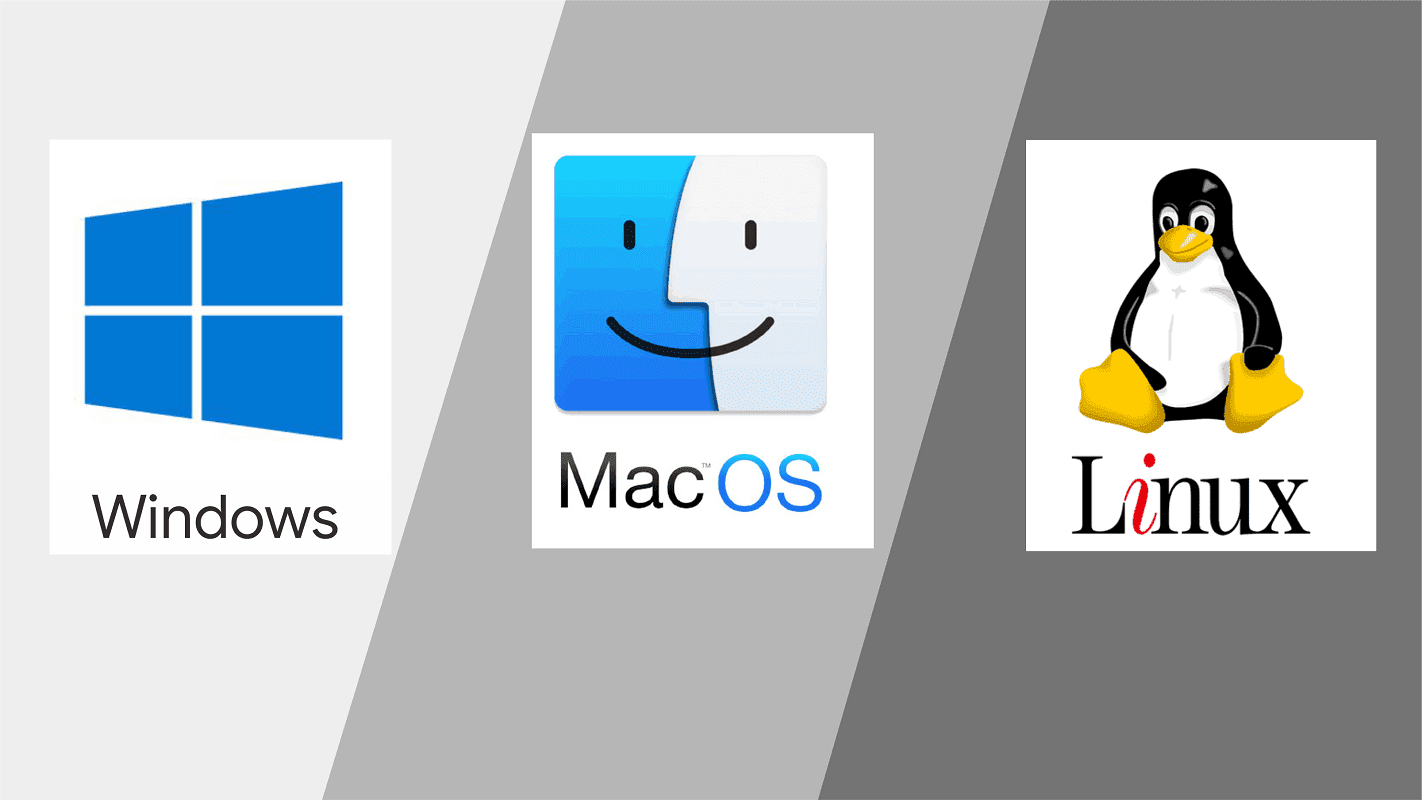Windows 11 is the latest version of the Windows operating system, released by Microsoft in October 2021. While it shares many similarities with its predecessor, Windows 10, there are several notable differences between the two.
- User Interface: One of the most obvious differences is the user interface. Windows 11 has a redesigned interface that includes a new Start menu, centered taskbar, and rounded corners throughout the operating system. It also features a new Snap Layouts and Snap Groups feature that makes it easy to organize windows on the screen.
- System Requirements: Windows 11 has higher system requirements than Windows 10, including a 64-bit processor, 4 GB of RAM, and 64 GB of storage. It also requires a DirectX 12 compatible graphics card or integrated GPU with a WDDM 2.0 driver.
- Performance: Windows 11 is designed to be faster and more efficient than Windows 10. It includes improvements to memory management, and the operating system has been optimized for touch and pen input.
- Gaming: Windows 11 includes several gaming-focused features, including Auto HDR, DirectStorage, and Xbox Game Pass integration. These features are designed to improve the gaming experience on Windows 11.
- Security: Windows 11 includes several new security features, such as Windows Hello for Business, which makes it easier to implement multi-factor authentication across an organization. It also includes new hardware-based security features, such as the TPM 2.0 chip.
- Virtual Desktops: Windows 11 introduces a new feature called Virtual Desktops. This allows you to create multiple desktops, each with its own set of open windows and apps. This can be useful for organizing your work or separating different projects.
Windows 11 is a more refined and modern version of Windows 10, with a redesigned user interface, better performance, and new features focused on gaming and security. However, it does require higher system requirements, and some users may find the new interface takes some getting used to.
Development Cost
Microsoft has not publicly disclosed how much it cost to develop Windows 11. However, it is likely that the development cost was substantial, given the scale and complexity of the project.
Developing a new operating system involves a large team of developers, designers, and testers, working over a period of several years. There are also costs associated with research and development, marketing, and supporting the operating system after it is released.
In addition to the direct costs of development, Microsoft also invests in hardware and software tools to help developers build and test applications for Windows 11. These tools, such as Visual Studio and the Windows SDK, are critical for ensuring that the operating system is compatible with a wide range of applications and devices.
While the cost of developing Windows 11 is not publicly known, it is likely to be a significant investment for Microsoft. However, the potential benefits of a modern and streamlined operating system, combined with new features focused on gaming and security, could make it a worthwhile investment for the company.



